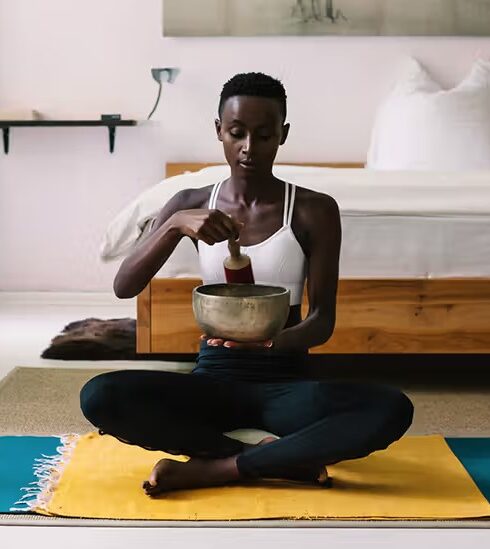Eczema vs Psoriasis: How to Tell The Difference
We can all relate to how uncomfortable it can be if you have ever had flaky or itchy skin. The most difficult part is trying to figure out the actual cause of the skin concern. Psoriasis and eczema are two prevalent skin disorders that differ greatly despite their similar appearance. They can appear practically anywhere on the body, and both produce red spots, itching, and discomfort. To get comfort and receive the proper care, it is essential to understand how they differ from one another. Whether you’re dealing with it yourself or trying to help a loved one, in this article, we will show you how to easily tell eczema and psoriasis apart.
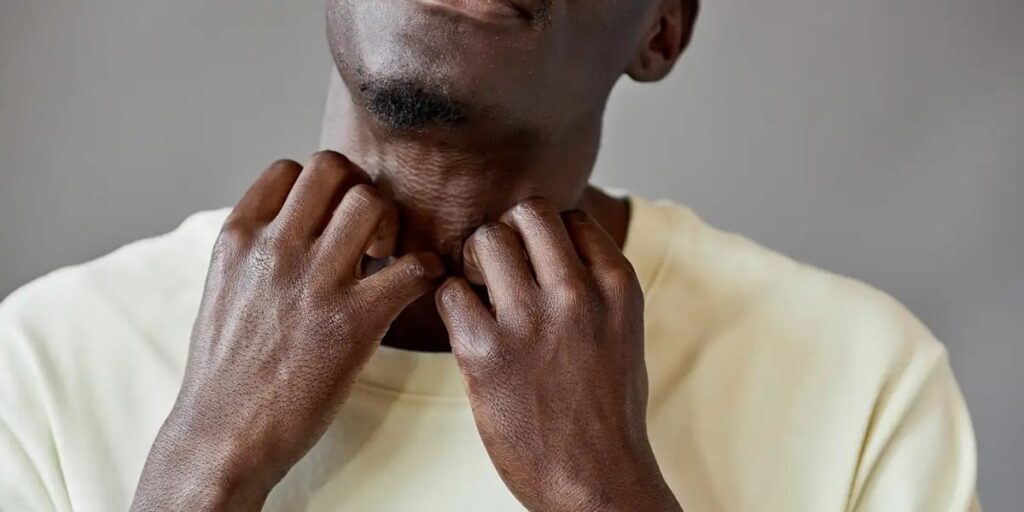
CAUSE: WHAT TRIGGERS THE CONDITION?
Eczema is often linked with immune system issues, allergies, or irritants. Eczema flare-ups can be brought on by things like soaps, detergents, stress, cold weather, or even specific foods. It frequently begins in childhood and is prevalent in those who have a history of hay fever or asthma. However, psoriasis is an autoimmune disease. This indicates that your body’s immune system unintentionally targets healthy skin cells. Instead of shedding old skin cells naturally, psoriasis causes the body to produce new skin cells too quickly, leading to thick patches of skin. It can begin at any age and is more likely to be inherited from family genes.

APPEARANCE: HOW DOES IT LOOK?
You can determine what you’re dealing with by the appearance of the rash. Red, swollen areas are the typical appearance of eczema. It may be scaly, dry, and if scratched, it may leak or crust over. The skin might look rough and feel raw or tender. On the other hand, psoriasis often causes thicker, raised patches with a silvery-white coating. Plaques are the term for these patches. Usually more defined than eczema, they might have a glossy or scaly appearance. During a flare-up, the skin may bleed and crack.
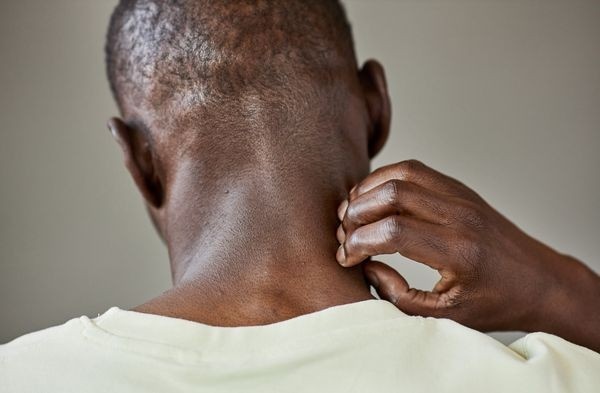
ITCHINESS: HOW DOES IT FEEL?
Eczema can be identified by severe itching, which can occasionally be so severe that it keeps people up at night. Scratching can exacerbate the condition, increasing irritation and maybe causing an infection. Even while psoriasis might itch, it’s usually more painful than itchy. Some describe it as a stinging or burning feeling. Scratching doesn’t relieve the pain, which can seem deep, almost like it’s beneath the skin.
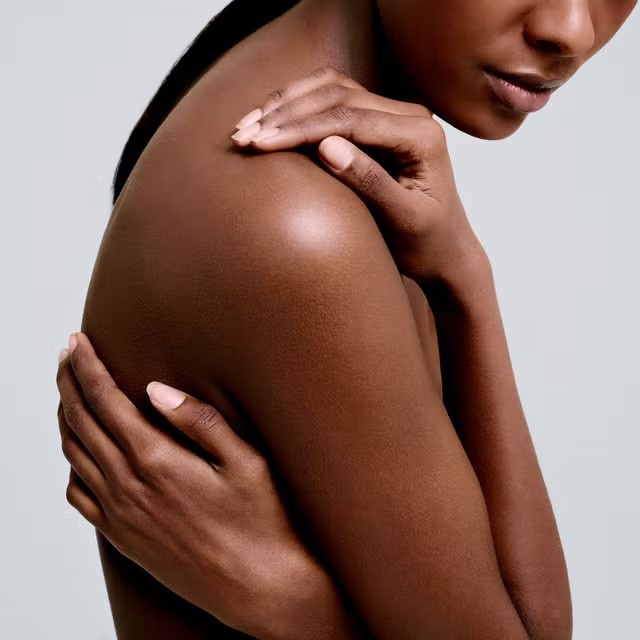
LOCATION: WHERE DOES IT SHOW UP?
Both eczema and psoriasis can appear almost anywhere on the body, but they tend to show up in different spots. Eczema commonly appears on the hands, inner elbows, back of the knees, and face. On babies, it’s often on the cheeks and scalp. Psoriasis usually shows up on the elbows, knees, scalp, and lower back, sometimes in symmetrical patterns (like both elbows or both knees). Psoriasis also appears on the nails, causing pitting or discolouration.

DURATIONS AND FLARE UPS: HOW LONG DOES IT LAST?
Eczema comes and disappears. Seasons, stress, or exposure to a trigger may cause it to flare up again. Although some individuals with eczema live with it for the rest of their lives, many youngsters manage to outgrow it. However, psoriasis typically lasts a lifetime. Although flare-ups can occur and disappear, they usually persist and require long-term care. Although it may subside, it doesn’t entirely go away and, if left untreated, could worsen over time.
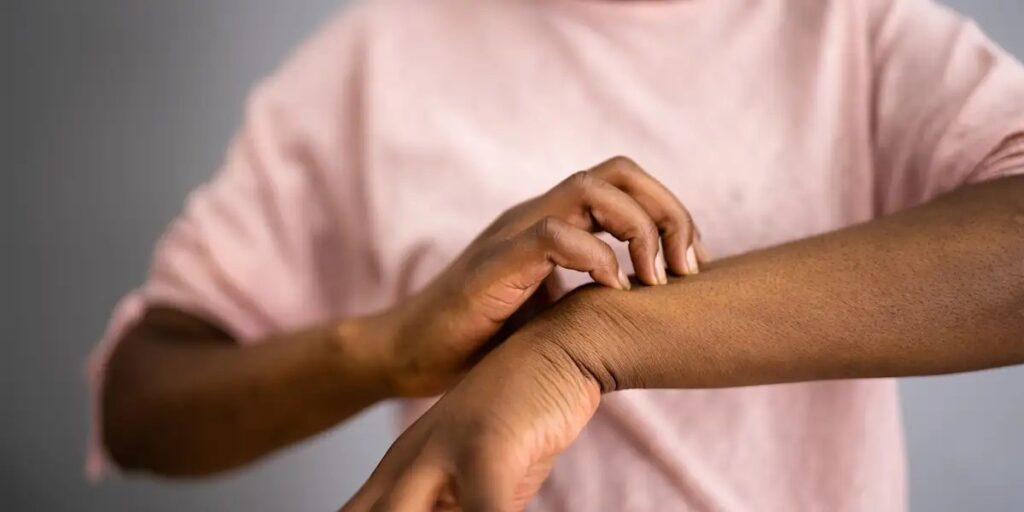
Eczema and psoriasis are different skin conditions that need different types of care. Knowing what you’re dealing with is the first step to treating. If you’re unsure whether your skin problem is eczema or psoriasis, don’t guess; see a dermatologist. They can take a closer look, run tests if needed, and help you figure out the best way to manage your skin and feel better.

Dorcas Akintoye is a versatile writer with a passion for beauty, fashion, relationships, and culinary delight. With a keen eye for detail and a passion for storytelling, she adds a touch of elegance to every topic she explores. She is a writer at THEWILL DOWNTOWN.






